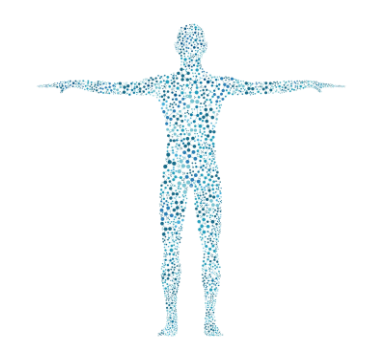Biodata and Resume
Introduction
Biodata refers to a person’s historical information. This is the generic term for online resume, such as those from LinkedIn, a curriculum vitae in PDF or paper format, a personal website, or digital biodata from social websites. Biodata is also collected from HRM websites as part of a recruitment process.
Generalities
The information collected is either structured, as is the case when collected with forms from websites, whether it’s prepared in advance or made on the fly by AI agents. Curriculum vitae are less structured and do not allow easy comparison of the data. The idea of biodata is to infer future behavior from past experiences. The data is easy to obtain from candidates themselves or through social media, non-intrusive, and a privileged source of information from which a first sorting of selection is often carried out.
Biodata Analysis
The first studies known on biodata go back to the 1910s by Ferguson on insurance salespeople. The publication of the Biodata Handbook in the 1970s marked a renewed interest in the topic among researchers, although not as much explored as other assessment techniques. More recently, techniques for collecting and processing data in a non-obtrusive manner have immensely progressed. However, discussions on what’s done with the data in constructing judgment, making a decision, or developing the person and building performance remain the same.
The not-obvious distinction between structured and semi-structured data from forms and resumes has led researchers to focus more particularly on the biodata’s content, its reliability and structure rather than questions of validity. Thus, only the items that have a historical scope (these items are designated by the name Historical) are considered as part of a biodata. Future/Hypothetical items, which focus on future projections (What would you do if...?) or opinions and attributes (Compared to your friends, how confident do you feel about yourself?) are not part of it.
On the other hand, some consider the attributes to be the results of the past and place them in a third group called Contemporary, halfway between Historical and Future/Hypothetical.
Analyses of the content of biodata such as diplomas and certificates, interests and first professional experiences have been the subject of numerous studies. This research is not only interested in content but in the number, type or style of item response options. It’s been shown that the structure of the items influences their validity with respect to the criterion being measured. A classification into seven categories has been proposed. These categories are also interested in the implicit attributes of the items such as the verifiability and the private aspect or not of the data. These dimensions were advanced on methodological considerations to increase the accuracy of measurements (External/internal, objective/subjective, first-hand, discreet, verifiable), or for ethical considerations (Non-intrusive/intrusive, work-related, equally accessible, controllable).
Data is controllable when it can be controlled by the person. Data that cannot be checked is, for example, the physical characteristics, the level of education of the parents, or the gender (male/female). Data is indirect if it concerns the presumed opinion of a third party (for example: in general, how does your superior assess your ability to understand quickly?). She is blunt when it comes to a person's opinion of themselves.
Critique
The validity of the biodata items is positively correlated with their relevance to the position and that they are heterogeneous. In a study carried out on 528 office workers and a 160-item biodata, researchers found that dimensions that are personality, work-related, non-controllable, and indirect tend to be more valid than other dimensions that are direct, non-work-related, and controllable. A candidate does not cheat on direct or indirect items either. But the items on which people cheat the most are the items that are related to the position. An item can therefore be false but valid; however, indirect items enhance the validity of the measures. Whether the items are controllable or not has no effect on their validity. Validity is moderately correlated with item verifiability. Historical items have not confirmed their superior validity over Future/Hypothetical items, which are both less valid than Contemporary items.
Biodata shows incremental validity of 5% or more, compared to personality and intelligence measures. These last two are more generalizable but less specific for a given position than biodata measurements. These results confirm the incremental validity of biodata on personality measures found in previous studies.
Digital Biodata
Digital biodata that's collected through media platforms such as LinkedIn or Instagram can include endorsements, professional history, skills, personal interests, and even communication styles. A majority of employers use social media for sourcing and screening candidates. Speculation on how biodata obtained through media platforms and traits based on social media activity can predict a candidate's future performance will endure. Personality traits measured from social media activity, such as conscientiousness, communication skills, or professionalism, can only partially account for how those traits will be expressed in future different professional settings versus a social one, with a different context with different expectations.

